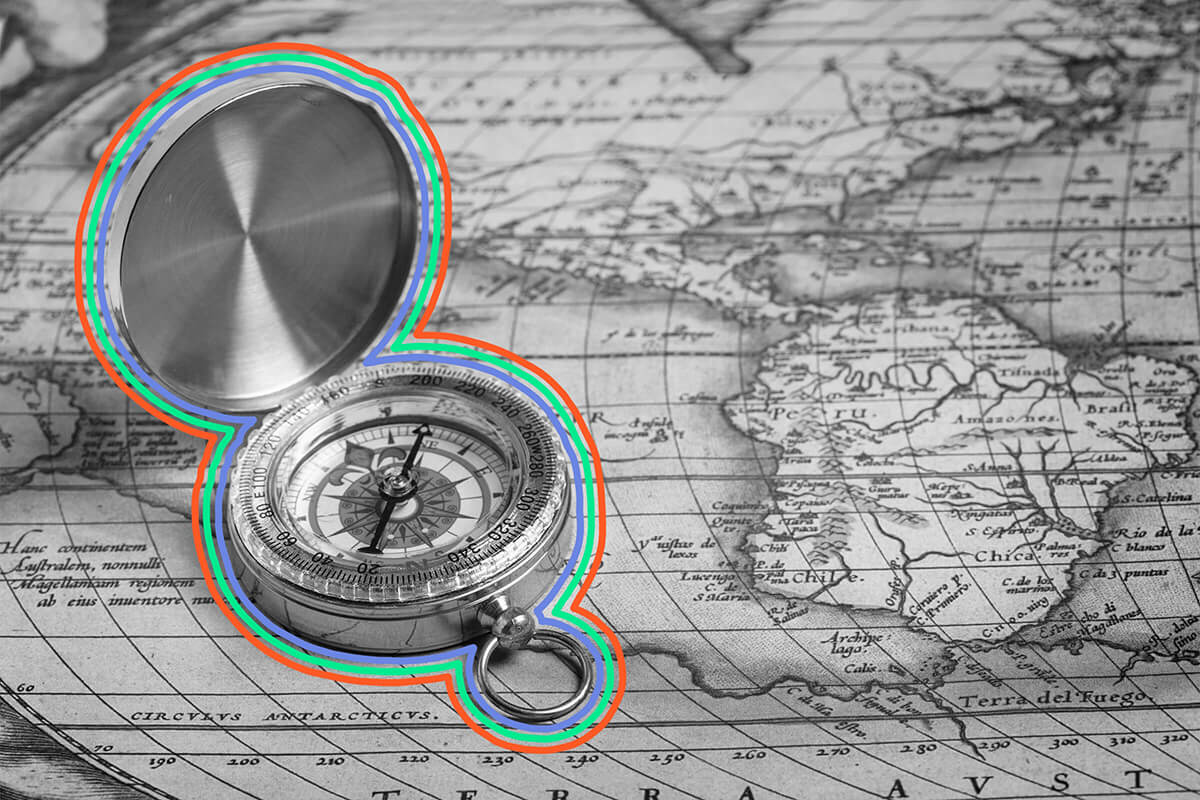There are currently around 8 billion people living on Earth — more than quadruple the global population in 1920. |
| |
| |
|
 |
|
| T here are currently around 8 billion people living on Earth — more than quadruple the global population in 1920. But before the planet hit its first billion people at the beginning of the 19th century, population growth tended to be slower. At the beginning of the Common Era (CE) — the year 1 — Earth was home to as few as 170 million people, according to a widely cited 1978 source, Atlas of World Population History by Colin McEvedy and Richard Jones. That's about the population of Bangladesh today. Of course, estimating a worldwide head count from 2,000 years ago isn't an exact science; researchers suggest it could be as high as 400 million, and the United Nations typically puts the estimate at 300 million. |
|
|
| Around 1 CE, the world was at the tail end of a population growth cycle that started around 5000 BCE, when only about 5 million human beings roamed the Earth. Population growth then accelerated with the expansion of agriculture. According to McEvedy and Jones, the rate of growth peaked around 1000 BCE with the beginning of the Iron Age. The world population doubled between 1000 and 500 BCE, and nearly doubled between 500 BCE and 1 CE. Growth then slowed to a rate of 12% between 1 CE and 500 CE. |
|
| Population growth continued to be slow during the Middle Ages. The bubonic plague killed around 25 million people in Europe alone, and Mongol invasions in China killed around 35 million people and wiped out agricultural infrastructure. Growth rates picked back up around 1700, and continued to increase until the 1960s. While it may seem like the population is expanding at a breakneck speed, annual growth rates have actually been on the decline since then. The United Nations expects the population to stabilize around 10.4 billion and even start declining again around 2086. |
|
 |  |
|
|
 |
|
| |
|
| Shortest time period (in years) in which the world population has doubled | | | 37 |
| | | Year Augustus became the first Roman emperor | | | 27 BCE |
| | | Year Augustus became the first Roman emperor | | | 27 BCE |
|
|
|
| Estimated global births in 2023 | | | 1.32 million |
| | | Population of the U.S. in 2024 | | | ~337 million |
| | | Population of the U.S. in 2024 | | | ~337 million |
|
|
|
 |
|
 | | Did you know? |
|
|
About 117 billion people have lived on Earth. |
|
| To put in perspective how much the world's population has grown in the last few centuries: The 8 billion people alive today represent around 6.8% of all human beings who have ever existed. Around 117 billion total people have lived since Homo sapiens first appeared around 190,000 BCE. Put into the full context of the roughly 300,000 years of human history, 6.8% is a pretty huge chunk. |
|


Lainnya dari



















0 comments:
Post a Comment